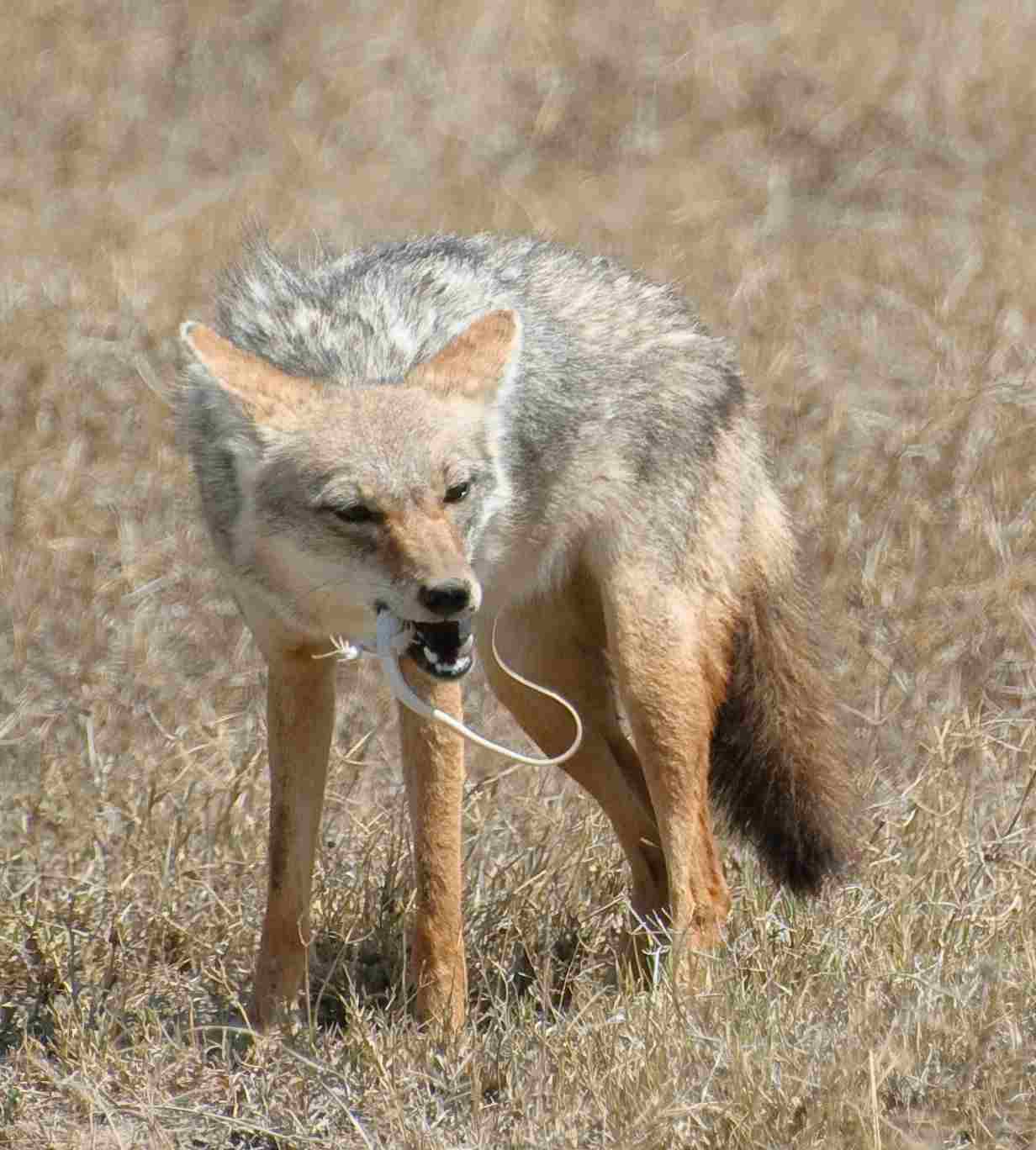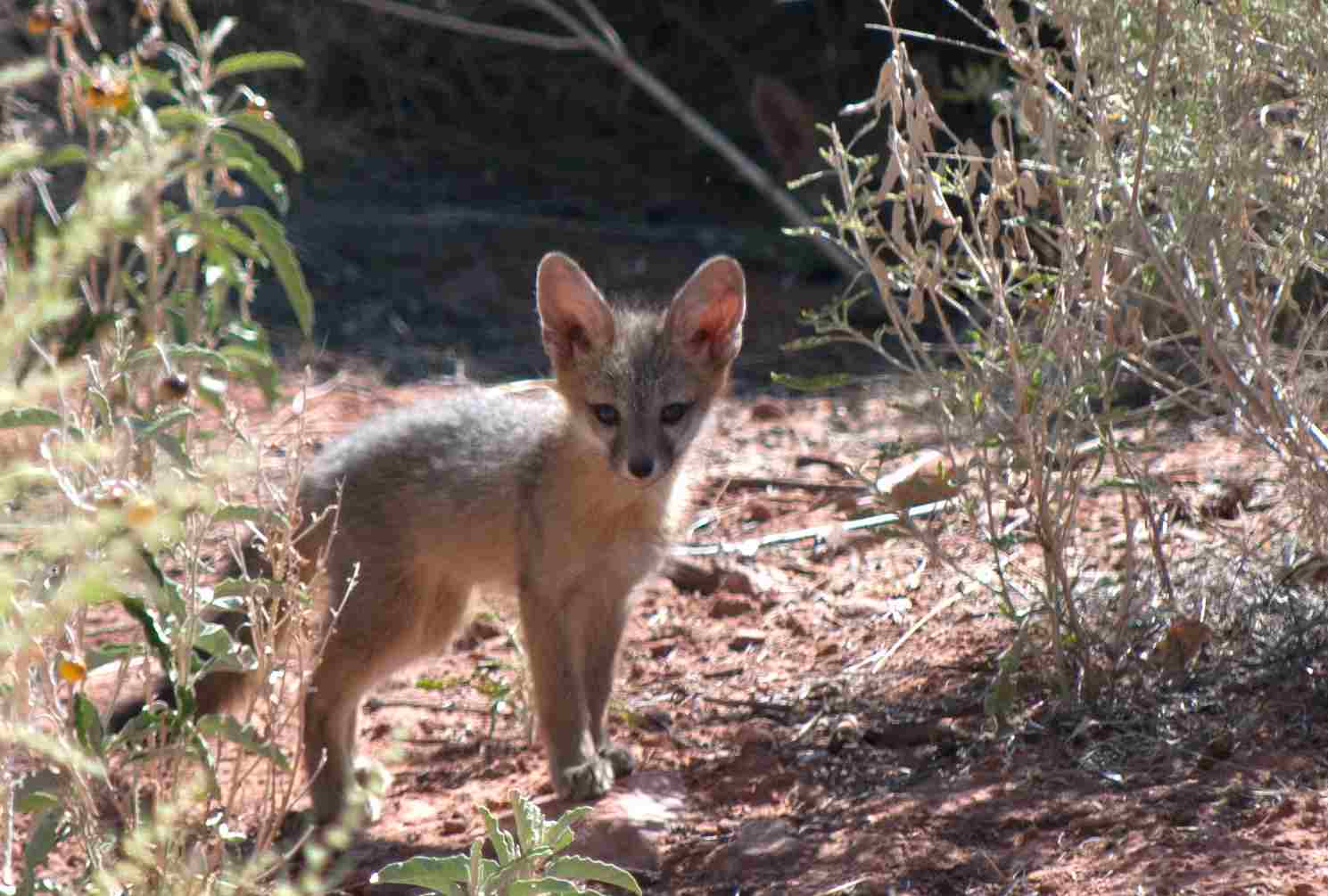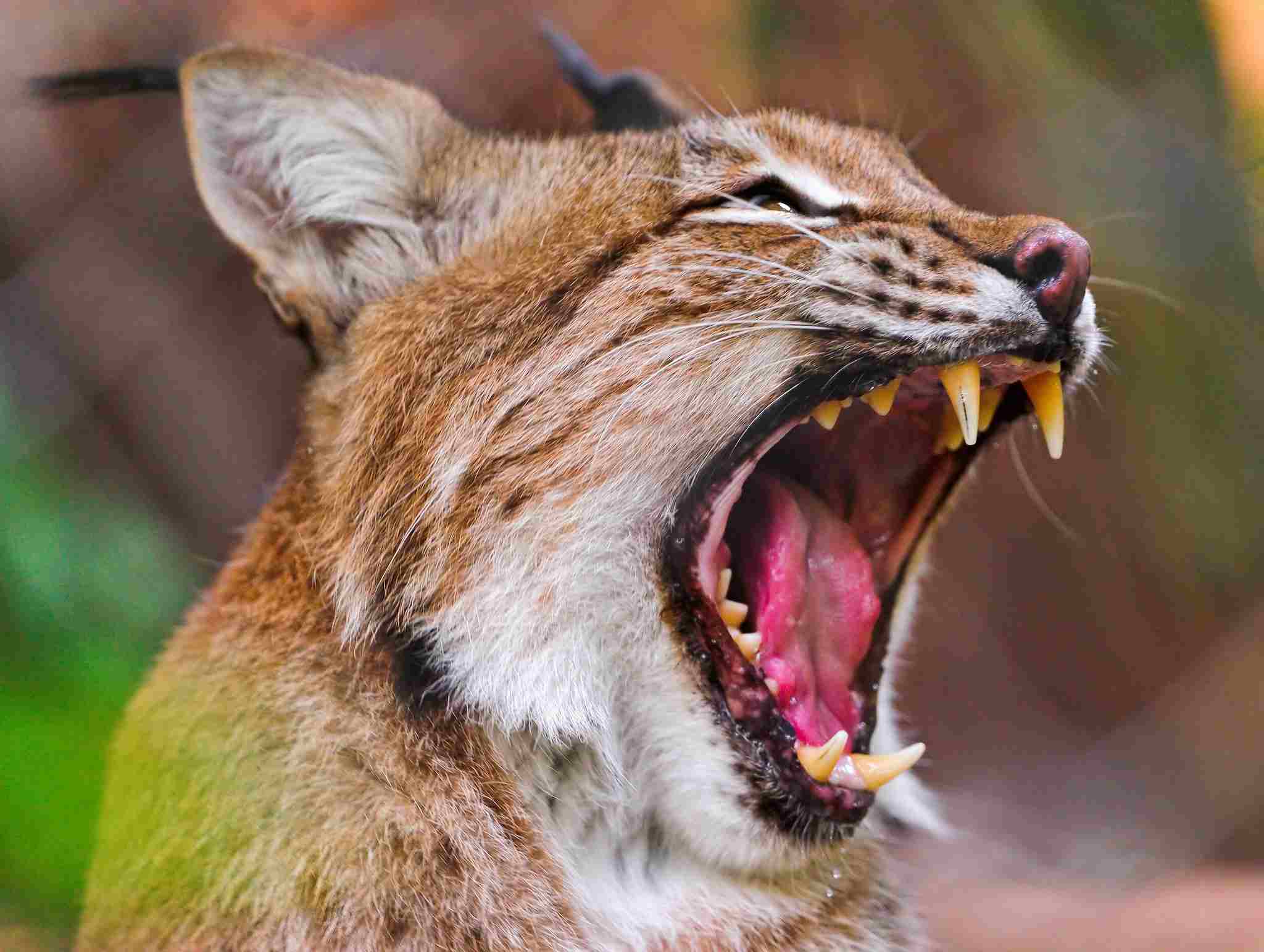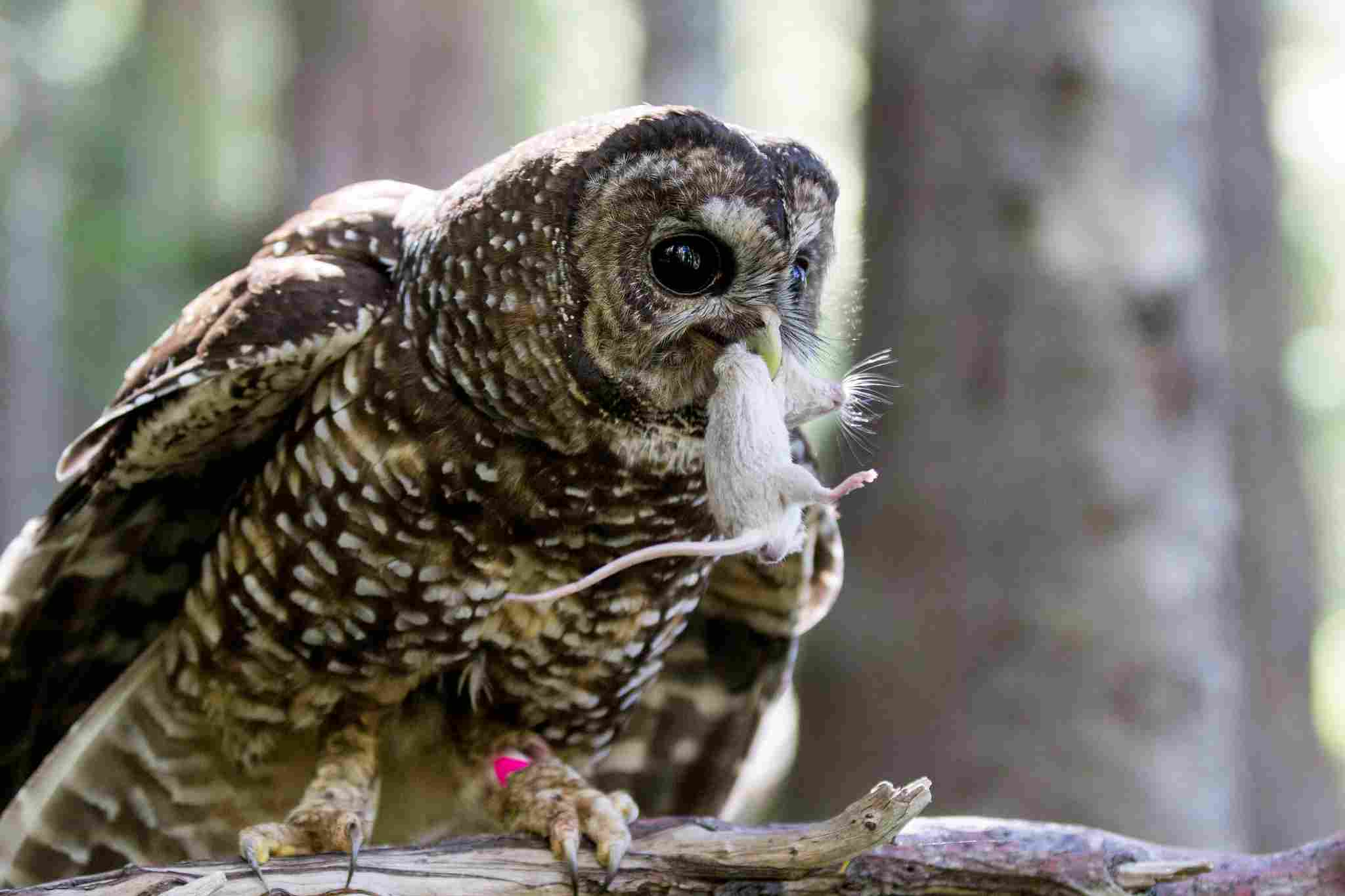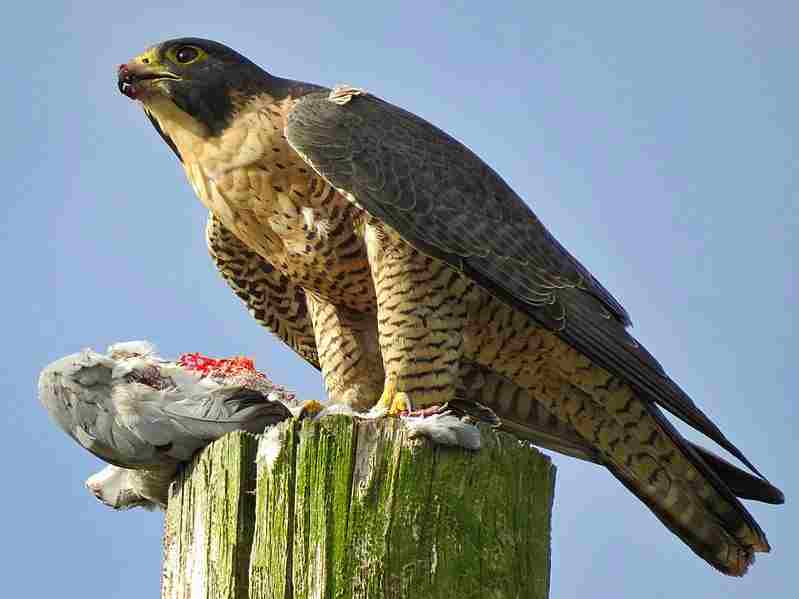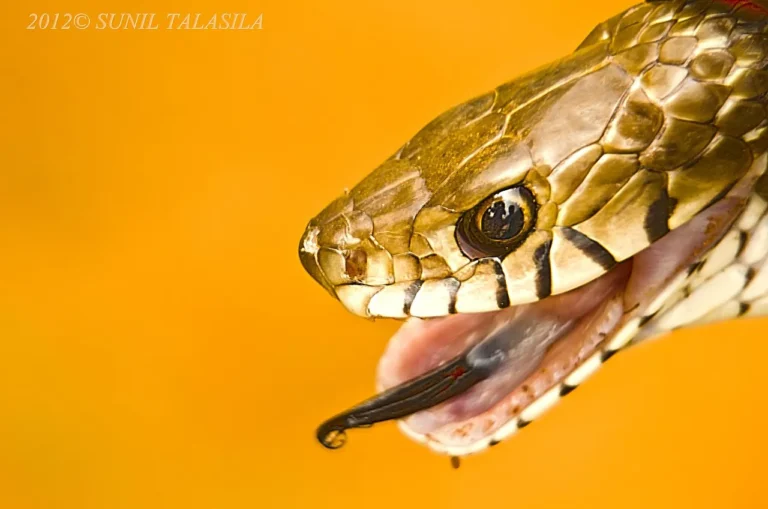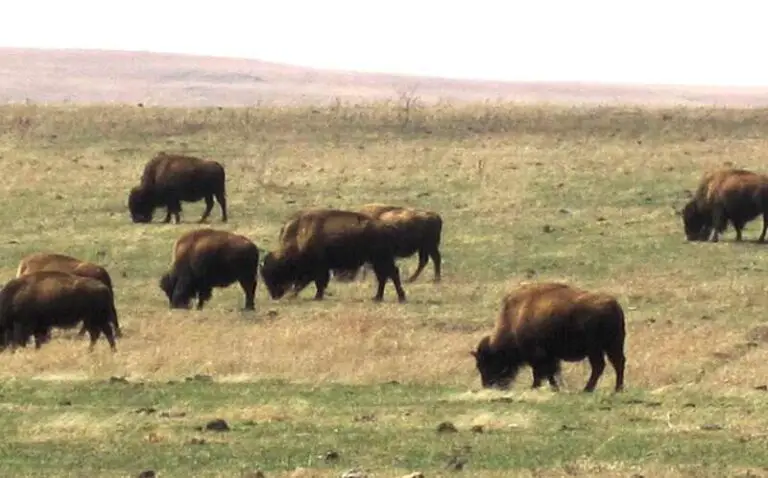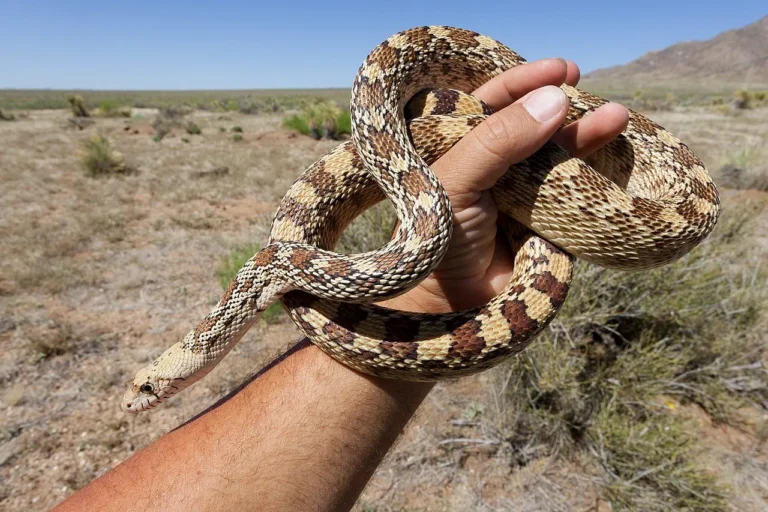17+ Consumers in the Arctic Ecosystem Discussed
Consumers in the Arctic are vital components of its delicate ecosystem. Primary consumers like musk ox, lemming, and Arctic hare form the foundation of the food web, while secondary consumers such as the Arctic fox and snowy owl regulate prey populations. Tertiary consumers like the lynx and orca exert top-down control, influencing ecosystem dynamics. These consumers, with their diverse adaptations and interactions, play crucial roles in maintaining balance and resilience in the Arctic environment.
Primary Consumers in the Arctic
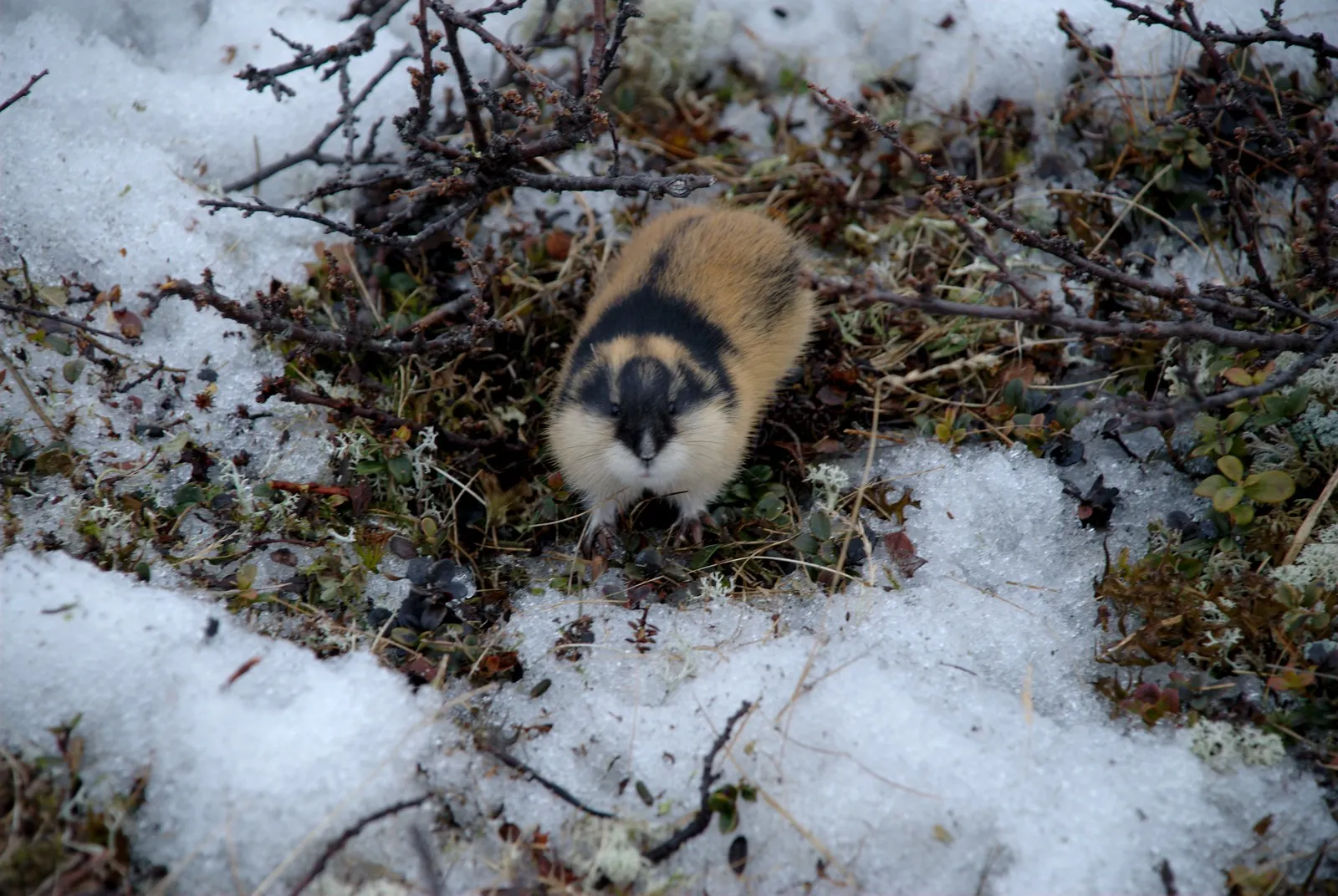
The Arctic ecosystem hosts a diverse array of primary consumers, each playing a crucial role in maintaining the delicate balance of the environment. These primary consumers form the foundation of the food web, sustaining higher trophic levels and contributing to the overall health of the ecosystem.
-
Musk Ox: These large, herbivorous mammals are well-adapted to the harsh Arctic conditions. They primarily feed on grasses, sedges, and other vegetation found in the tundra regions. Musk oxen are essential primary consumers, providing sustenance for predators like the Arctic wolf and lynx.
-
Lemming: Despite their small size, lemmings are significant primary consumers in the Arctic. They are prolific breeders and feed on a variety of vegetation, including grasses, mosses, and shrubs. Lemmings serve as a vital food source for predators such as the Arctic fox and snowy owl.
-
Arctic Hare: With their thick fur and large hind legs, Arctic hares are well-adapted to the cold Arctic climate. They primarily feed on grasses, lichens, and willow twigs. As primary consumers, Arctic hares support secondary consumers like the Arctic fox and ermine.
-
Caribou: Caribou, also known as reindeer in Eurasia, are iconic primary consumers of the Arctic. These large herbivores graze on lichens, mosses, grasses, and shrubs found across the tundra and taiga regions. Caribou migrations are vital for distributing nutrients and shaping the landscape.
-
Copepods and Shrimp: These small aquatic organisms are crucial primary consumers in Arctic marine ecosystems. Copepods and shrimp feed on phytoplankton and detritus, forming the base of the marine food web. They provide essential nutrients for secondary and tertiary consumers, including fish, birds, and marine mammals.
Overall, primary consumers in the Arctic play a fundamental role in energy transfer and nutrient cycling within the ecosystem. They convert plant material into biomass, which is then utilized by higher trophic levels. Additionally, their abundance and distribution influence predator populations and ecosystem dynamics, highlighting the importance of conserving these species and their habitats.
Secondary Consumers in the Arctic
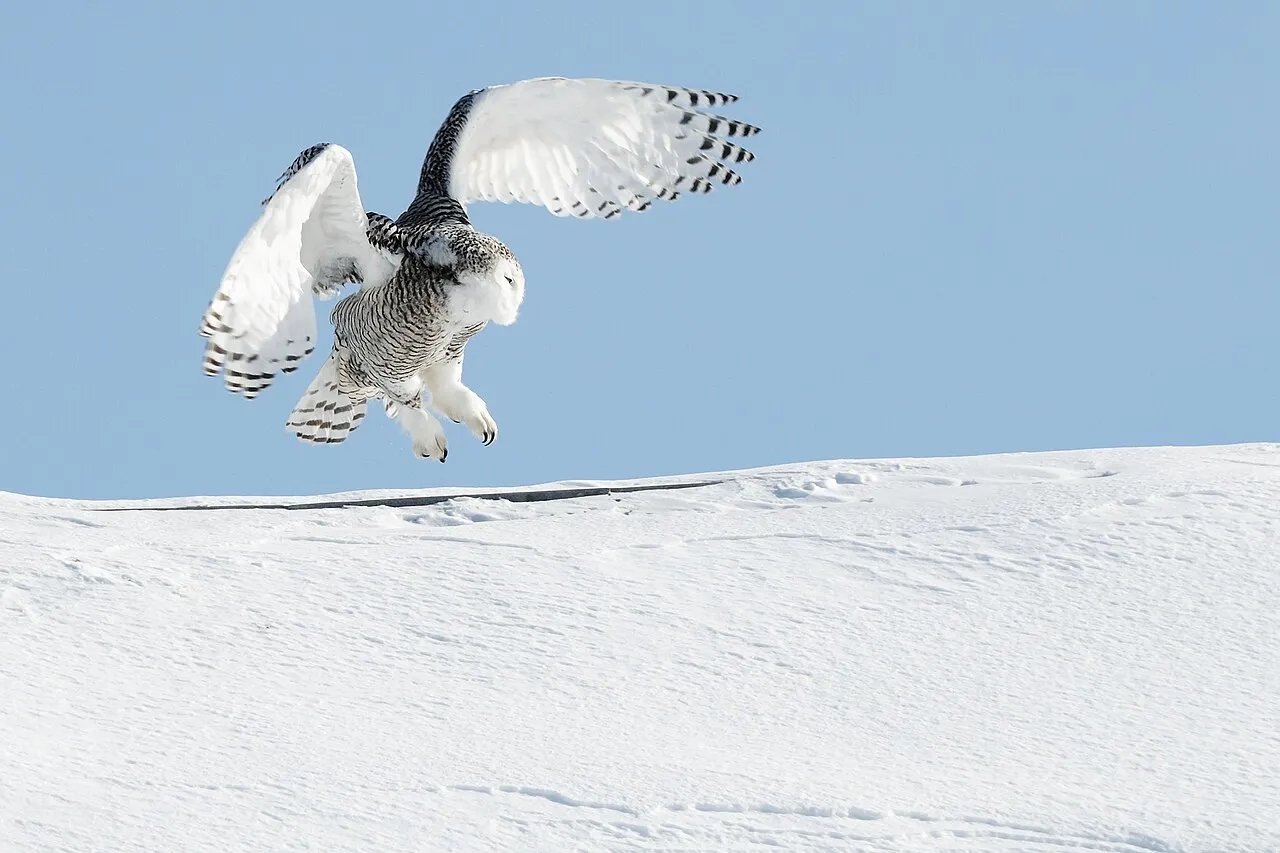
Secondary consumers in the Arctic occupy an important ecological niche, preying on primary consumers and playing a crucial role in regulating their populations. These carnivores and omnivores contribute to the overall balance of the ecosystem by controlling herbivore populations and facilitating nutrient cycling.
-
Arctic Fox: A master of adaptation, the Arctic fox is well-suited to the harsh conditions of the Arctic. It preys on small mammals such as lemmings, voles, and Arctic hares, as well as bird eggs and carrion. The Arctic fox is a key secondary consumer, exerting top-down pressure on primary consumer populations.
-
Snowy Owl: With its striking white plumage and keen hunting skills, the snowy owl is a formidable predator in the Arctic. It primarily feeds on lemmings but also hunts other small mammals, birds, and occasionally fish. Snowy owls play a vital role as secondary consumers, helping to regulate lemming populations and contributing to ecosystem stability.
-
Ermine: Also known as stoats or short-tailed weasels, ermines are agile predators that prey on a variety of small mammals, birds, and insects. They are particularly adept at hunting in snowy environments and play a significant role as secondary consumers in the Arctic food web.
-
Eider Duck: Eider ducks are omnivorous birds that inhabit coastal areas of the Arctic. They feed on a diet of mollusks, crustaceans, fish, and aquatic vegetation. Eider ducks serve as secondary consumers, contributing to the regulation of prey populations and serving as prey themselves for larger predators such as Arctic foxes and gulls.
-
Starfish: In Arctic marine ecosystems, starfish are important secondary consumers that feed on bivalves, mollusks, and other bottom-dwelling organisms. They help maintain the balance of the marine food web by controlling prey populations and providing food for tertiary consumers such as sea otters and seabirds.
Tertiary Consumers in the Arctic
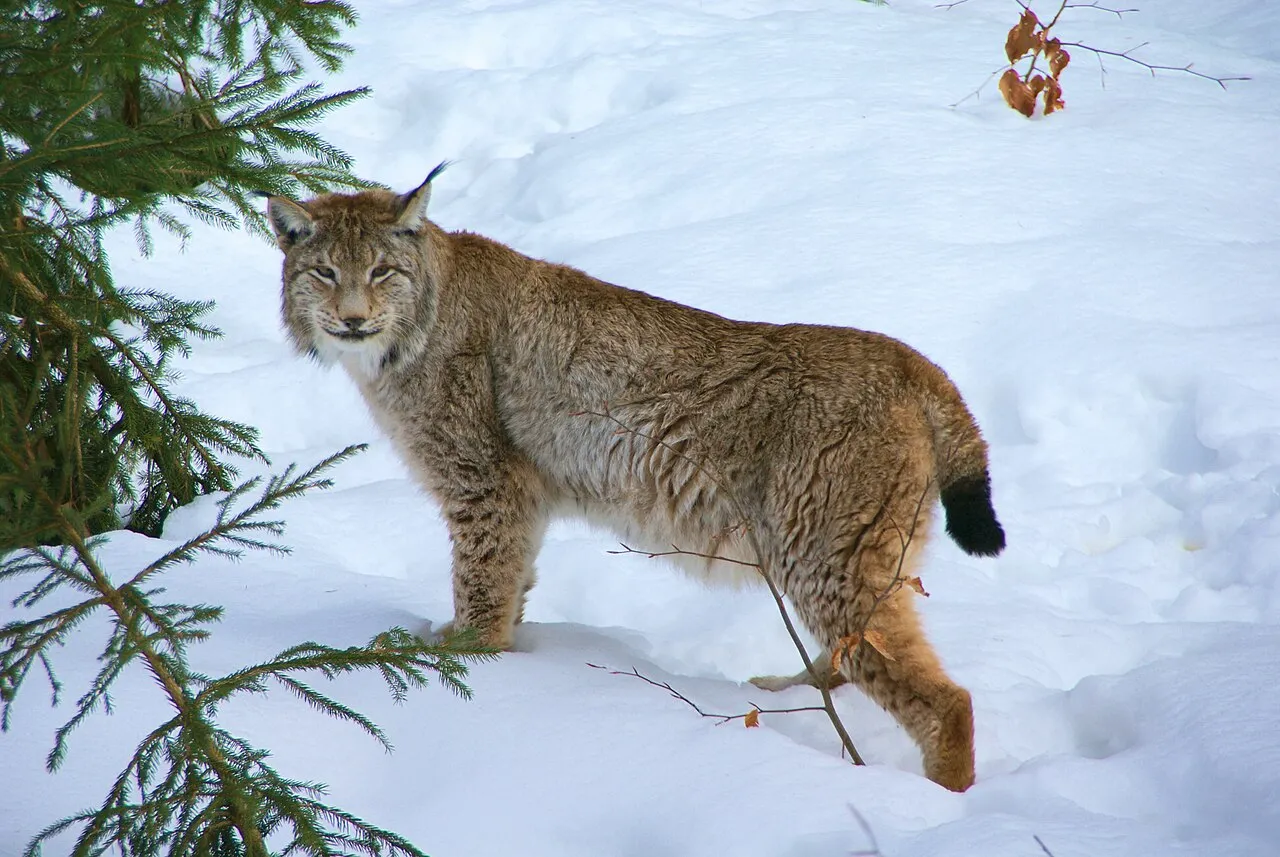
Tertiary consumers in the Arctic occupy the top of the food chain, preying on both primary and secondary consumers and exerting significant influence on ecosystem dynamics. These apex predators play a critical role in regulating prey populations and maintaining ecosystem balance.
-
Lynx: The elusive lynx is a skilled predator that preys on a variety of animals, including snowshoe hares, rodents, and birds. Its population dynamics are closely tied to those of its primary prey species, making it an important tertiary consumer in Arctic ecosystems.
-
Wolverine: Known for their strength and tenacity, wolverines are formidable predators that feed on a wide range of prey, including small mammals, birds, and carrion. They play a vital role as tertiary consumers, helping to regulate populations of smaller predators and scavengers.
-
Arctic Wolf: As top predators in the Arctic, Arctic wolves play a crucial role in maintaining ecosystem balance. They primarily prey on caribou and musk oxen but also hunt smaller mammals such as Arctic hares and lemmings. Arctic wolves are apex predators, exerting top-down pressure on prey populations and influencing ecosystem structure and dynamics.
-
Orca: In Arctic marine ecosystems, orcas are apex predators that feed on a variety of prey, including fish, seals, and whales. They play a key role in regulating marine mammal populations and shaping marine food webs.
-
Dolphin: Certain species of dolphins, such as the beluga whale and the narwhal, inhabit Arctic waters and occupy the role of tertiary consumers. They feed on fish, squid, and crustaceans, contributing to the regulation of prey populations and ecosystem stability.
Overall, secondary and tertiary consumers in the Arctic play critical roles in regulating prey populations, maintaining ecosystem balance, and shaping the structure and dynamics of Arctic ecosystems. Their interactions with primary consumers and other trophic levels contribute to the resilience and stability of these fragile environments.
General Characteristics of Arctic Consumers
Arctic consumers, across all trophic levels, exhibit remarkable adaptations to survive in one of the harshest environments on Earth. These adaptations are shaped by extreme cold, limited food resources, and seasonal variations in daylight.
-
Physical Adaptations: Arctic consumers have evolved specialized physical characteristics to thrive in cold conditions. Thick fur or blubber provides insulation against freezing temperatures, while compact body shapes minimize heat loss. Many Arctic animals also have large extremities, such as ears and tails, to help regulate body temperature.
-
Behavioral Adaptations: Behavioral adaptations are crucial for survival in the Arctic. Many animals migrate seasonally to access food and breeding grounds, while others hibernate or enter torpor during the long winter months. Some species, like the Arctic fox, change their fur color to blend in with seasonal changes in their environment, providing camouflage against predators.
-
Dietary Adaptations: Arctic consumers have diverse dietary strategies to cope with limited food availability. Herbivores may browse on tough, low-nutrient vegetation or switch to alternative food sources during winter months. Carnivores often have broad diets and opportunistic feeding habits, preying on a variety of species to meet their energy needs.
-
Reproductive Strategies: Reproductive strategies in the Arctic are influenced by short breeding seasons and harsh environmental conditions. Many Arctic animals have adapted to give birth or hatch offspring during the brief summer months when food is abundant. Some species exhibit delayed implantation, allowing them to time births with optimal environmental conditions.
-
Dependency on Sea Ice: For many Arctic consumers, sea ice plays a critical role in their life cycle. Ice-dependent species, such as polar bears and ringed seals, rely on sea ice as a platform for hunting, mating, and raising young. The loss of sea ice due to climate change poses significant challenges for these species and the entire Arctic ecosystem.
Importance of Consumers in the Arctic Ecosystem
Consumers in the Arctic ecosystem play integral roles in maintaining ecological balance, nutrient cycling, and overall ecosystem health. Their interactions with each other and with their environment shape the structure and function of Arctic ecosystems.
-
Energy Transfer: Consumers facilitate the flow of energy through the Arctic food web, converting plant biomass into animal biomass and supporting higher trophic levels. Predation and scavenging activities redistribute nutrients and energy throughout the ecosystem, sustaining diverse communities of organisms.
-
Population Regulation: Predators exert top-down control on prey populations, preventing overgrazing or overpopulation of herbivores. By regulating prey populations, predators help maintain ecosystem balance and prevent ecosystem-wide disruptions.
-
Nutrient Cycling: Consumers play a crucial role in nutrient cycling by consuming organic matter and returning nutrients to the environment through excretion and decomposition. This process enriches soils, fertilizes vegetation, and supports primary production, driving ecosystem productivity and resilience.
-
Indicator Species: Certain Arctic consumers, such as polar bears and Arctic foxes, serve as indicators of ecosystem health. Changes in their populations or behavior can signal broader ecological shifts, including habitat loss, pollution, or climate change impacts.
-
Cultural and Economic Significance: Arctic consumers have cultural and economic significance for Indigenous peoples who depend on them for food, clothing, and cultural practices. Sustainable management of Arctic ecosystems is essential for preserving traditional ways of life and ensuring the long-term well-being of Indigenous communities.
*Summary
-
Primary Consumers in the Arctic:
-
Musk ox, lemming, Arctic hare, caribou, copepods, shrimp.
-
Form the foundation of the food web, converting plant material into biomass.
-
Essential for sustaining higher trophic levels and ecosystem health.
-
-
Secondary Consumers in the Arctic:
-
Arctic fox, snowy owl, ermine, eider duck, starfish.
-
Prey on primary consumers, regulating their populations.
-
Contribute to ecosystem balance and stability.
-
-
Tertiary Consumers in the Arctic:
-
Lynx, wolverine, Arctic wolf, orca, dolphin.
-
Apex predators that prey on both primary and secondary consumers.
-
Influence ecosystem dynamics and population regulation.
-
-
General Characteristics of Arctic Consumers:
-
Adaptations to extreme cold, limited food resources, and seasonal variations.
-
Physical, behavioral, and dietary adaptations for survival.
-
Dependency on sea ice for certain species and reproductive strategies.
-
-
Importance of Consumers in the Arctic Ecosystem:
-
Energy transfer through the food web, supporting diverse communities.
-
Regulation of prey populations, preventing overgrazing and imbalance.
-
Nutrient cycling through consumption, excretion, and decomposition.
-
Indicators of ecosystem health and cultural/economic significance for Indigenous peoples.
-
| Arctic Consumers |
Importance in Ecosystem
|
| Primary Consumers |
– Form foundation of food web
|
|
– Convert plant material into biomass
|
|
|
– Sustain higher trophic levels and ecosystem health
|
|
| Secondary Consumers |
– Regulate populations of primary consumers
|
|
– Contribute to ecosystem balance and stability
|
|
|
– Prey on primary consumers
|
|
| Tertiary Consumers |
– Influence ecosystem dynamics and population regulation
|
|
– Prey on both primary and secondary consumers
|
|
| General Characteristics |
– Adaptations for extreme cold and limited resources
|
|
– Dependency on sea ice for certain species and reproductive strategies
|
|
| Importance in Ecosystem |
– Energy transfer through the food web
|
|
– Regulation of prey populations and prevention of imbalance
|
|
|
– Nutrient cycling through consumption, excretion, and decomposition
|
|
|
– Indicators of ecosystem health and cultural/economic significance
|
FAQs about Arctic Consumers
Q: What are primary consumers in the Arctic? A: Primary consumers in the Arctic include musk ox, lemming, Arctic hare, caribou, copepods, and shrimp. These species form the base of the Arctic food web, feeding directly on plants or algae.
Q: What are secondary consumers in the Arctic? A: Secondary consumers in the Arctic include predators such as the Arctic fox, snowy owl, ermine, eider duck, and starfish. They prey on primary consumers, helping regulate their populations.
Q: Who are tertiary consumers in the Arctic? A: Tertiary consumers in the Arctic are apex predators like lynx, wolverine, Arctic wolf, orca, and dolphin. They prey on both primary and secondary consumers, exerting significant influence on ecosystem dynamics.
Q: What adaptations do Arctic consumers have? A: Arctic consumers have physical, behavioral, and dietary adaptations to survive in extreme cold and harsh conditions. These adaptations include thick fur or blubber for insulation, migration for accessing food, and broad diets for coping with limited resources.
Q: Why are Arctic consumers important? A: Arctic consumers play vital roles in maintaining ecosystem balance, nutrient cycling, and supporting both natural and human communities. They contribute to energy transfer through the food web, regulate prey populations, and serve as indicators of ecosystem health.
Q: How are Arctic consumers affected by climate change? A: Climate change impacts Arctic consumers by altering their habitats, food availability, and migration patterns. Loss of sea ice affects ice-dependent species like polar bears, while changing temperatures can disrupt predator-prey dynamics and reproductive cycles.
